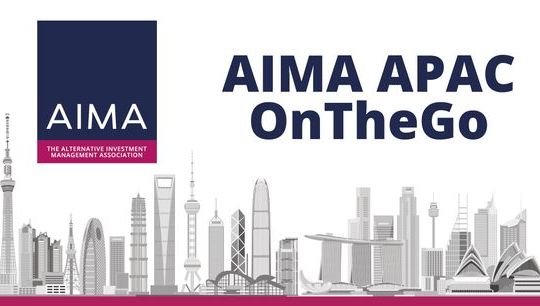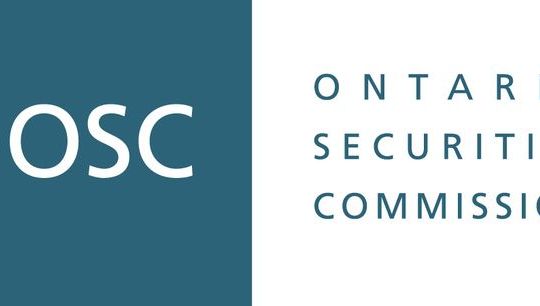Distressed investing in India: Coming of age
By Hemant Daga, CEO, Edelweiss Asset Management
Published: 28 June 2021
Investment in stressed/distressed assets in India have come of age over the past five years. The Insolvency and Bankruptcy code (IBC),introduced in 2016, has matured as a regulatory framework for resolving creditor situations. Banks and financial institutions are looking to sell non-performing assets at attractive discounts to investors to release capital. At the same time, stressed companies are looking to raise capital from funds like ours for last mile funding for projects or for a settlement with banks. The need of the hour is long-term patient capital to restructure or resolve these assets. We believe that investors and asset managers with a deep understanding of local regulations and expertise in asset turnaround will stand to immensely gain from this opportunity.
Distressed debt in India — an addressable market opportunity of US$25bn – US$30bn
Until 2012, India was posting robust growth and corporates were setting up new capacity. Banks also grew their loan books at a fast pace. However, in the years after that, a combination of delays in project approvals, cost overruns, unrelated diversifications by corporates and a decline in commodity prices led to a sharp rise in the quantum of stressed loans in the banking system. The COVID-19 pandemic has only exacerbated this stress. The banking sector non-performing assets (NPAs) in India are currently estimated at over 10% of assets i.e. ~US$135 billion.
Non-bank finance companies (NBFCs) in India — especially those focused on wholesale credit — have also been impacted by rising corporate stress –mostly in sectors like real estate. NPAs for non-banks in India are currently estimated at ~7% of assets i.e. ~US$25 billion. Thus, overall stressed assets in the Indian financial system are estimated to be upwards of $160 billion, providing a large market opportunity for investors.
A further dissection of this investment opportunity based on the turnaround potential of underlying companies provides us with an addressable investment opportunity of US$25 billion – US$30 billion.While most of this stress amongst lenders is with respect to corporate debt, the pandemic has resulted in an increase rise in retail NPAs in India. Retail NPAs in India are expected to double to over 4% in 2021 from 2% in 2018. This can provide additional opportunities for distressed debt investors.
Regulatory framework for stressed assets resolution is favourable
The introduction of IBC has been the most holistic and impactful insolvency resolution mechanism in India to date. The IBC provided a time-bound framework for resolution of creditor situations in India. The recovery rate after the implementation of the IBC has improved significantly to ~42.5% from ~26.5% achieved through earlier creditor recovery mechanisms. The resolution time for the cases has also improved post the implementation from four to six years earlier to one to two years. More importantly, with the ownership of large companies changing hands through the IBC process, it has led to a change in the credit culture in India, as Indian promoters (sponsors) are now concerned of losing control of their companies.
The government, the central bank and the judiciary in India have also been very proactive in ironing out issues with respect to the insolvency code and making it more effective. This was best brought out through the barring of Indian sponsors from acquiring their own companies during the resolution process. Also, a landmark judgement by the Supreme Court on the Essar Steel resolution upheld the primacy of secured financial creditors.
To further improve the effectiveness of the resolution process, India has proposed a Pre-packaged Insolvency Resolution Process (PIRP) for micro, small and medium enterprises (MSMEs). This process aims to retain the basic structure of the IBC and allow creditors and debtors to work on an informal plan without the involvement of a court or a tribunal. The ultimate aim of the PIRP is to be the primary resolution process going forward thus improving its efficiency.
In an endeavour to clean the balance sheets and provide liquidity to public sector banks (PSBs), the finance ministry in the Union Budget 2021, proposed the creation of a ‘bad bank’. The bad bank is expected to take over the existing stressed loans from PSBs and dispose them off to potential investors. As the bad bank is expected to be a warehouse of stressed assets for all public sector banks, it would help to speed up the process of decision making and provide timely resolution of stressed debt. This mechanism would also make it easier for investors to acquire a controlling stake in the debt of a company.
As of July 2020, the securities regulator in India also permitted trading in defaulted debt securities. This would help in creating a market for distressed bonds similar to the market for distressed loans which currently exists in India. Trading in such distressed bonds may enable investors to find a time bound exit without undergoing long drawn restructuring negotiations with the issuers or resorting to court proceedings.
Strong demand for capital from banks and corporates
Banks in India have preferred to sell stressed loans given the strict provisioning norms applicable for these institutions in India. In addition, the banks also need to raise capital to meet their Basel III requirements. As per our estimates, India’s public sector banks (constituting ~60% of bank loans) require an additional ~US$5.9 billion of capital to meet tier I capital requirements under Basel III norms by 2022.
NBFCs in India have been facing a tight liquidity environment post the default of IL&FS – an infrastructure holding company in India, in 2018. This has recently led to an increasing interest from non-banks to sell their corporate loan portfolios. We have seen some interesting transaction structures evolve in this space over the past one year. The investors providing such liquidity invest through a senior tranche supported by a junior tranche into which the selling NBFC invests. Such structures provide very attractive risk adjusted returns to investors.
Banks and financial institutions in India are not willing to lend to companies that have been classified as NPAs, as such lending is subject to additional provisioning requirements. Thus, we have seen stressed companies approach investors like us to raise priority funding for working capital requirements or for last mile financing of projects. Such borrowing has a priority on cash flows over the senior lenders. Further, with Indian sponsors concerned of losing control over their companies in an IBC resolution process, there is an increasing demand from companies to raise primary financing for a one-time settlement with banks prior to the company being taken to IBC.
Also, we continue to see strong strategic interest in companies resolved through the IBC process in sectors such as steel, cement, and power. Acquiring a controlling/equity stake in companies through conversion of debt into equity can potentially provide a large upside to investors who are investing in this strategy.
Long term patient capital with expertise — the need of the hour
We have seen that investment in stressed situations requires long term patient capital as it typically takes at least three to six years for a turnaround or resolution. The key differentiator however, to capitalise on this opportunity is the availability of on-the-ground talent, an in-depth understanding of the Indian legal and regulatory landscape and specialised skillsets required for an operational turnaround of such assets. For investors having access to these right skillsets, investing in stressed assets through a combination of debt buyouts, primary or priority financing to corporates, or by a buyout/takeover of the company can be highly rewarding experience in our view.
Thus, the stage is set for investors with patient capital looking to invest in India stressed assets space — the opportunity set is large, the regulatory framework has evolved, and the risk return profile is highly attractive.










